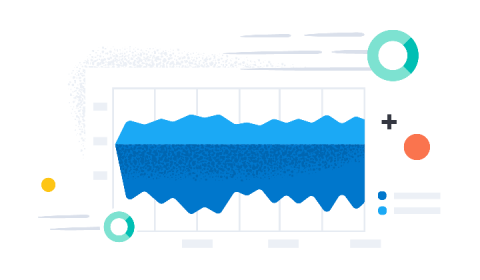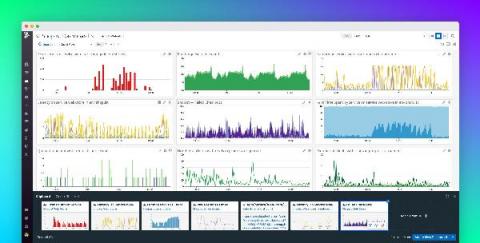An introduction to the Elastic data stream naming scheme
With Elastic 7.9, the Elastic Agent and Fleet were released, along with a new way to structure indices and data streams in Elasticsearch for time series data. In this blog post, we'll give an overview of the Elastic data stream naming scheme and how it works. This is the first in a series of blog posts around the Elastic data stream naming scheme.







